Collin Lamoureux
Advisor: Carlos Rueda
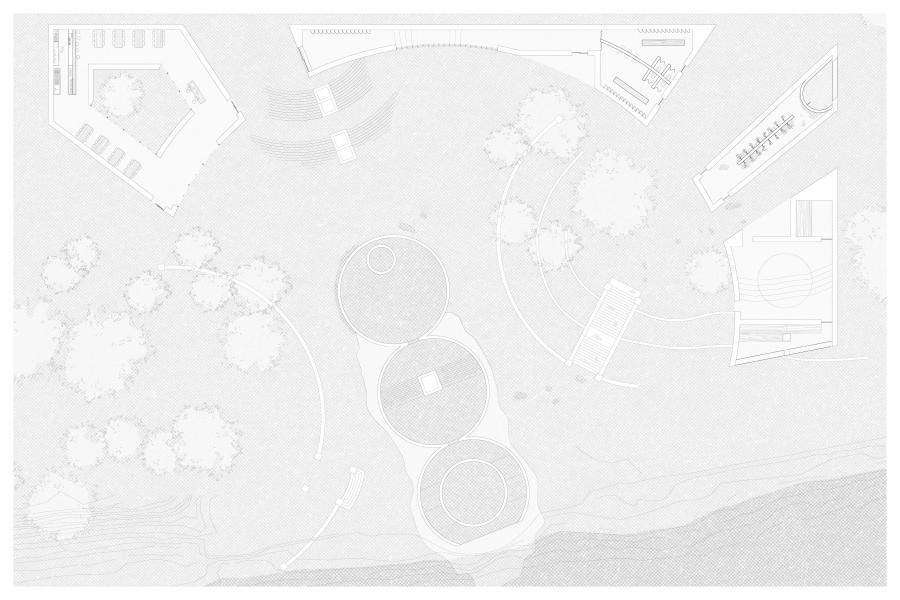
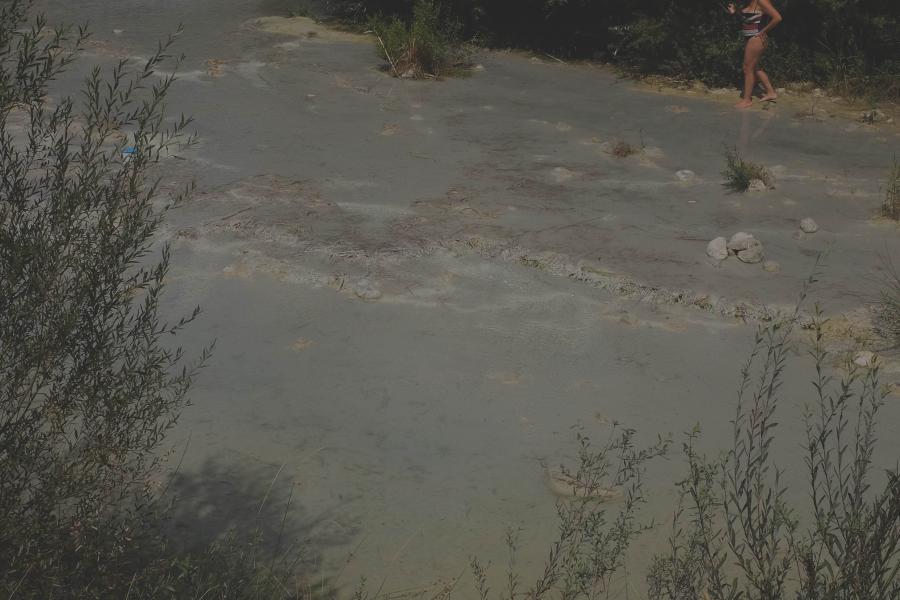
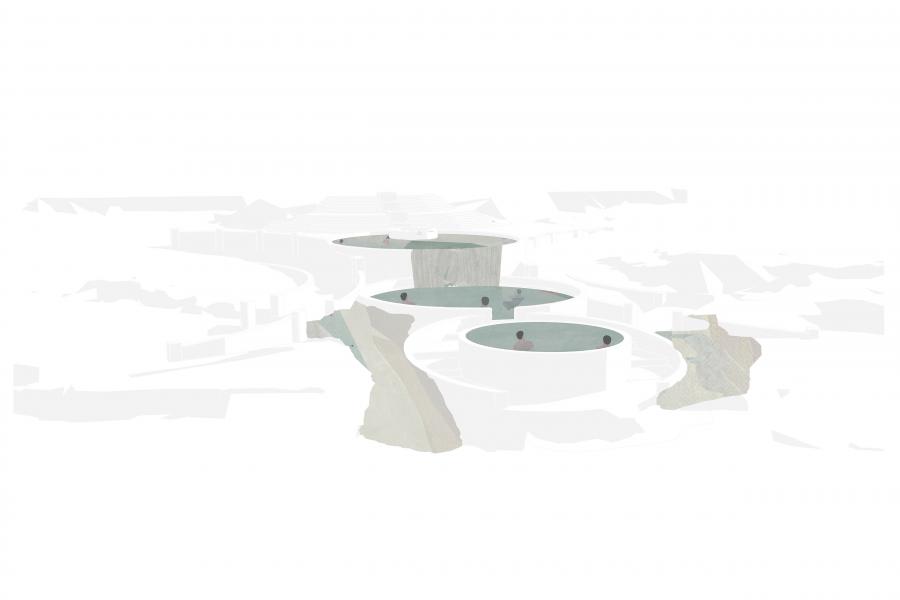
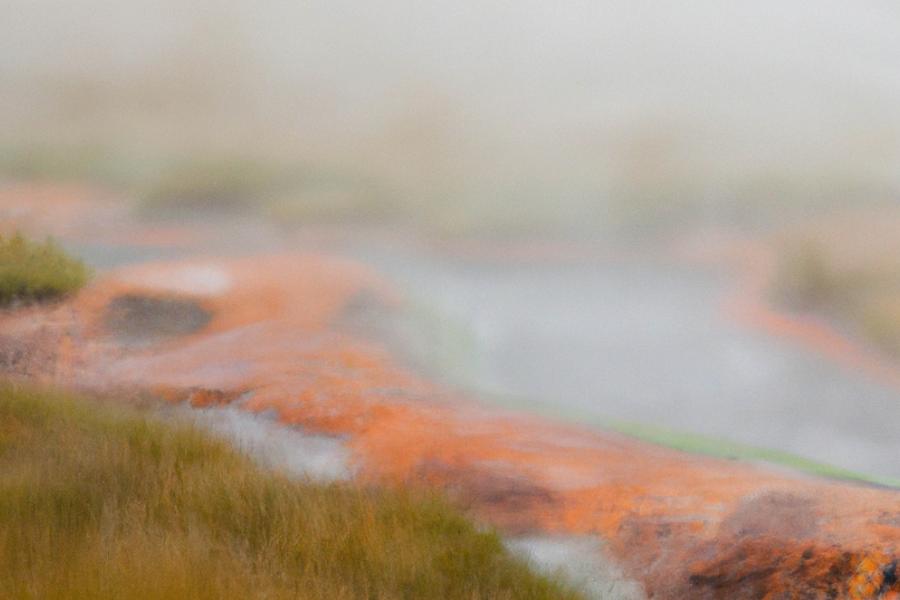
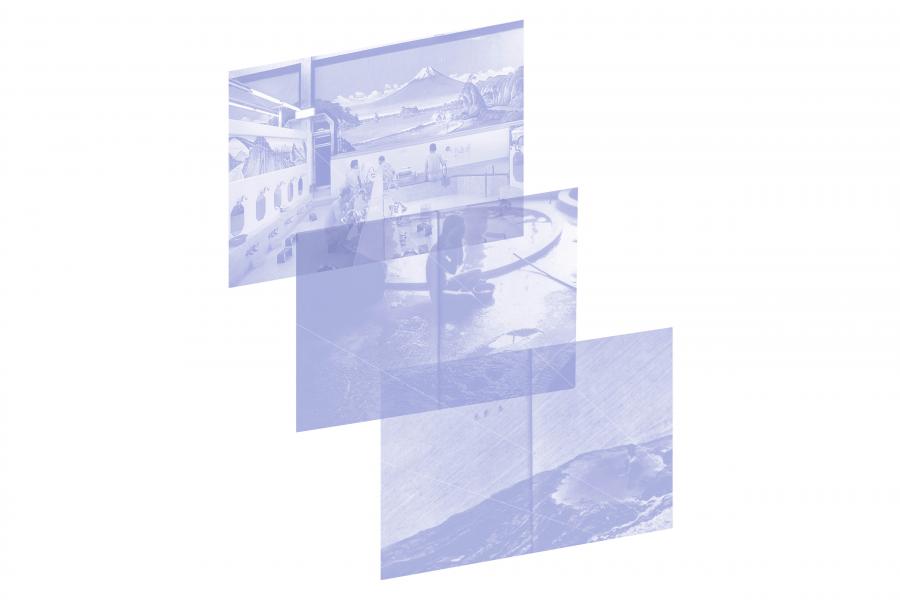
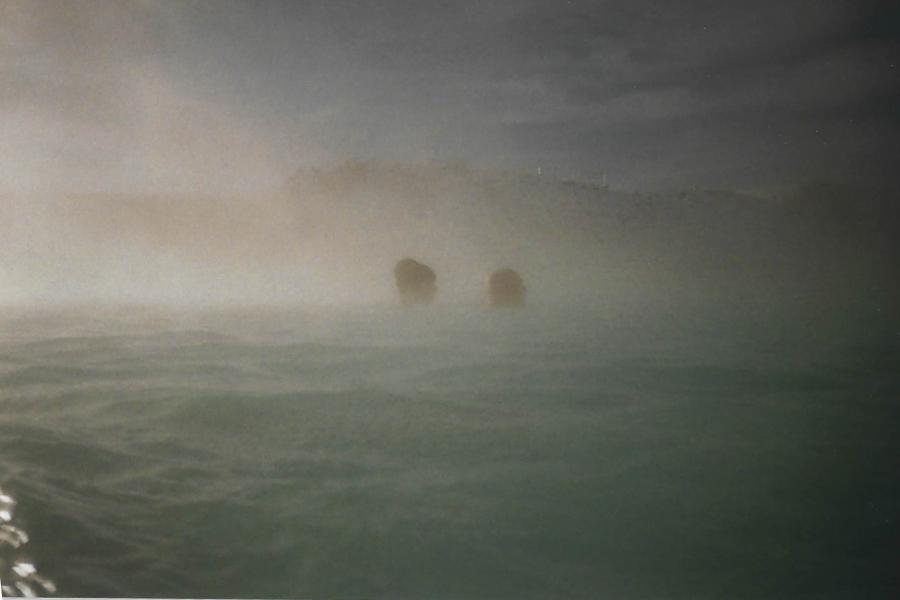
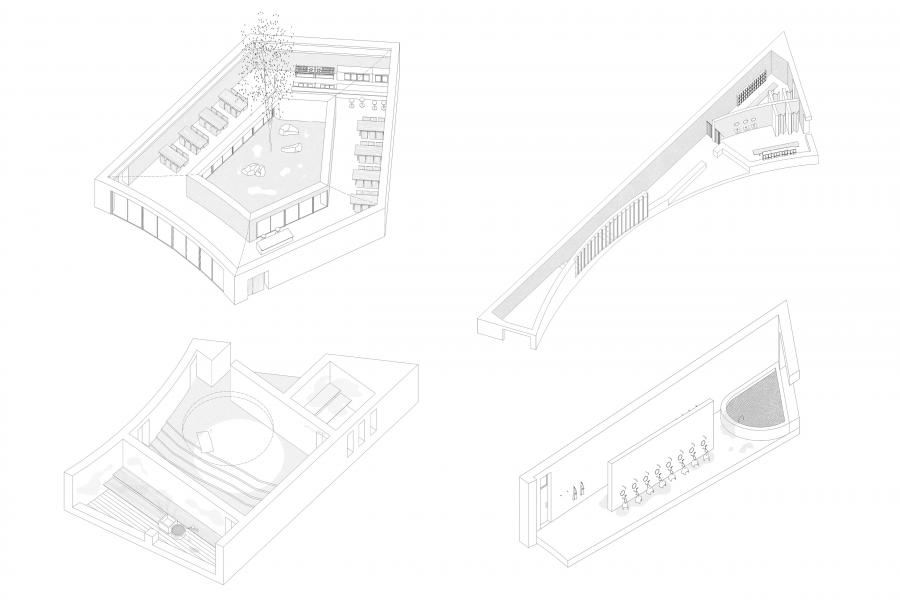
An Antidisciplinary Landscape: The Bath, Animism and Architecture
Some of the oldest civilizations have had a deep connection to their surroundings through the act of bathing. These rituals and locations provide examples of how societies have embraced the environmental conditions of site throughout history. The seemingly simple act of immersing one’s body into natural waters and taking a moment to pause, has a significant impact on how the user understands their situation on a site and deepens their connection with themselves and the landscape.
The study examines different examples of bathing culture throughout the world with the hope of identifying the unique architectural interventions (or lack there of) that heighten the relationship that buildings and people have with the landscape. The connection between the act of bathing and how one can develop a deeper connection to the site through animism and architecture. The question of how Architecture can be used as a tool to heighten a user’s awareness to place and to the natural environment.
The lands of the provincial legislature grounds have been stamped on maps as “government buildings” for as long as - what is currently known as central Winnipeg - has been mapped by colonial settlers. The arbitrary and hostile act of marking a parcel does not consider the unique environmental characteristics of a place.
This fragment of the city has gone through phases of re-development none of which have surpassed the preordained institutional functions of the original planning or addressed the urban realities of the site. It is necessary to now re-allocate the land for more conscientious development to highlight the unique natural characteristics of the site to better serve the city and its inhabitants.
The projects aims to, dismantle, re-assemble and re-allocate the urban artifacts within the area of study to create a democracy of publicly accessible space through a connection and heightened appreciation for the landscape.
The architectural fragments of the legislature site provide a unique opportunity for addressing a disconnected urban pocket within Winnipeg. The segmented nature of the site does not only apply to the physical artifacts themselves, but it is also apparent that these fragments represent ruins of past societal ambivalences. The goal of this exploration is to address the urban artifacts of the site and to stratify them, heighten a user’s awareness of the physical ecology of the landscape and create a stage for individuals to reflect. Creating spaces that provide opportunities for healthy societal interactions and promote the development of a healthier urban fabric of the city. The most important aspect of the stratification is the space between the layers, the area in which strata overlap.
The ritual of bathing bridges the gap between the human-made and the landscape, it exists in the space in-between the strata as a means of cultural translation. This raises questions pertaining to what contemporary bathing is and how ‘new’ traditions of regional bathing can develop. The ritual itself allows humans to join in a collective, mindful purpose of connecting with the site. Leonard Koren’s 8 “subjective qualities of superior baths” provides a framework for conscientiously approaching the site through the historical lens of the ritual.
